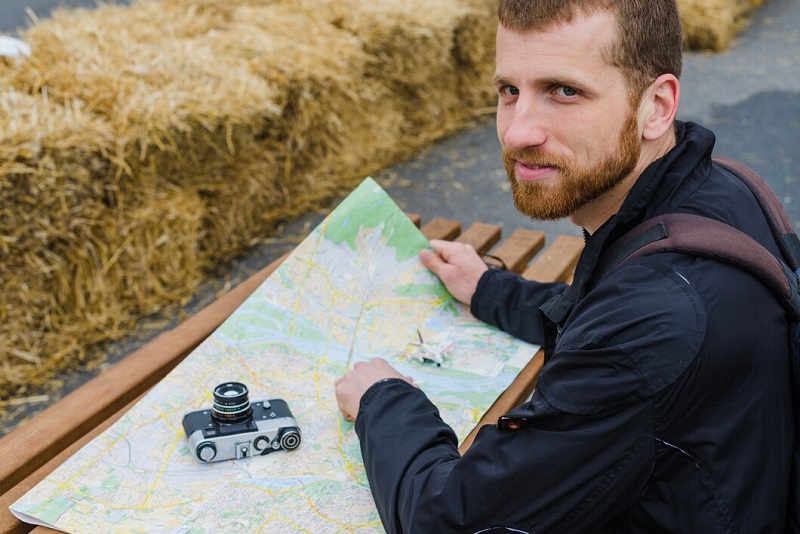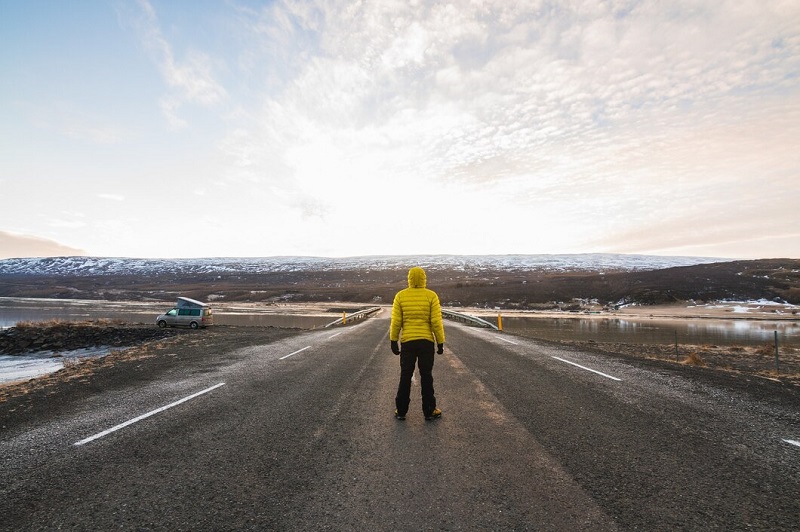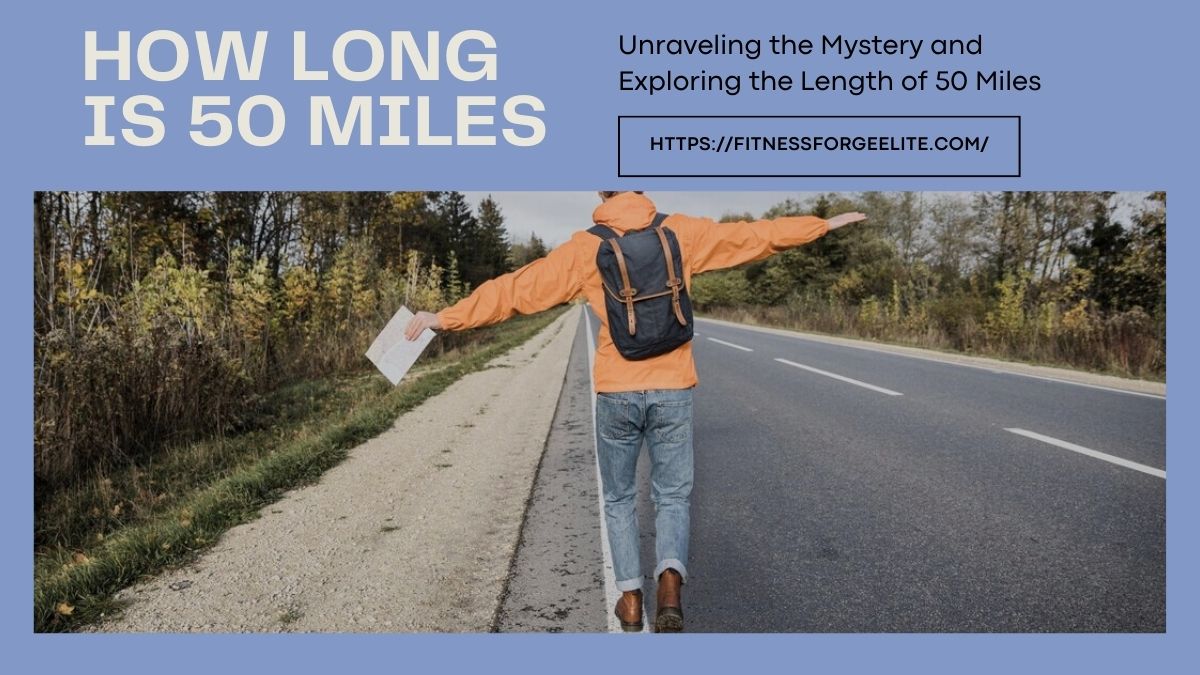Have you ever wondered about the sheer magnitude of distance? From the daily commute to the farthest reaches of our planet, distance plays a fundamental role in our lives. In this blog post, we embark on a journey to understand one specific measure of distance: 50 miles. Through exploration and analysis, we’ll delve into the significance of this distance, examining its practical applications, psychological impact, and cultural relevance. Join us as we unravel the mystery of distance and gain a newfound appreciation for the world around us.
What is a Mile?
Heralded as one of the most common units of distance measurement, the mile has a rich history dating back centuries. Defined as 5,280 feet or approximately 1.609 kilometers, the mile has its roots in ancient Rome, where it was originally based on the distance covered by 1,000 paces by a Roman soldier. Over time, various iterations of the mile emerged, including the statute mile and the nautical mile, each tailored to specific contexts such as land travel and maritime navigation.
Read More: Unraveling the Mystery: How Long Does It Take to Walk 4 Miles?
The mile’s enduring legacy can be attributed to its practicality and widespread adoption across different cultures and regions. Despite the rise of the metric system in many parts of the world, the mile remains deeply ingrained in everyday life, particularly in the United States and the United Kingdom. Whether measuring road distances, plotting running routes, or estimating travel times, the mile continues to serve as a reliable benchmark for gauging distance.
Understanding the Distance of 50 Miles
Real-world Examples of 50-mile Distances
To comprehend the magnitude of 50 miles, let’s explore some real-world examples that put this distance into perspective. Suppose you embark on a road trip from one city to another, separated by a distance of 50 miles. Depending on your mode of transportation and traffic conditions, this journey could take anywhere from 45 minutes to over an hour, offering a glimpse into the time and effort required to cover this distance.

In the realm of human-powered travel, a 50-mile hike or bike ride presents a formidable challenge, testing endurance and resilience. For avid runners, completing a 50-mile ultramarathon represents a monumental achievement, pushing the boundaries of physical and mental capabilities. Whether traversing urban landscapes or rugged terrain, the journey of 50 miles is marked by moments of triumph, struggle, and self-discovery.
Visual Aids: Maps and Diagrams
To visualize the distance of 50 miles, let’s turn to maps and diagrams, powerful tools that offer spatial context and clarity. Imagine tracing a 50-mile radius around a central point on a map—the resulting circle encompasses a vast expanse of land, spanning cities, towns, and natural landscapes. Zooming in, we can pinpoint landmarks, highways, and geographic features that define the journey ahead.
Through satellite imagery and topographic maps, we gain insights into the terrain and elevation changes encountered along a 50-mile route. From sprawling plains to rugged mountains, each landscape presents its own set of challenges and opportunities for exploration. By overlaying distance markers and route markers, we can chart a course that optimizes efficiency and minimizes obstacles, ensuring a smooth and rewarding travel experience.
Time Taken to Cover 50 Miles
The time required to cover 50 miles varies depending on the mode of transportation and external factors such as weather and road conditions. In a vehicle traveling at highway speeds, 50 miles can be traversed in less than an hour, offering a swift and efficient means of travel. Conversely, a pedestrian walking at an average pace of 3 miles per hour would need approximately 16-17 hours to cover the same distance, highlighting the stark contrast in speed and efficiency.
For cyclists and runners, the time taken to complete a 50-mile journey depends on factors such as fitness level, terrain, and pacing strategy. In the world of competitive sports, elite athletes can complete a 50-mile bike ride or ultramarathon in under four hours, showcasing unparalleled speed and endurance. However, for recreational enthusiasts and weekend warriors, the focus is often on enjoying the journey and embracing the physical and mental challenges along the way.
Factors Influencing Perception of Distance
Psychological Factors Affecting Perception of Distance
The perception of distance is shaped by a myriad of psychological factors that influence our spatial awareness and sense of scale. From the expansive vistas of the countryside to the bustling streets of the city, our surroundings play a pivotal role in shaping our perception of distance. In wide-open spaces, distances may appear longer and more daunting, while in densely populated areas, landmarks and visual cues help anchor our sense of scale.
Environmental Factors Impacting the Experience of Covering 50 Miles
Environmental factors such as weather, terrain, and lighting can significantly impact the experience of covering 50 miles. In adverse weather conditions such as rain, snow, or extreme heat, the physical demands of travel are heightened, requiring careful preparation and resilience. Similarly, traversing steep inclines or rugged terrain presents additional challenges that test the limits of endurance and stamina.

Cultural Perspectives on Distance and Travel
Cultural perspectives on distance and travel vary widely across different societies and historical periods. In ancient times, long-distance travel was often reserved for explorers, merchants, and pilgrims embarking on epic journeys across continents and oceans. Along trade routes such as the Silk Road, distances were measured not only in miles but also in the richness of cultural exchange and the diversity of landscapes encountered along the way.
Importance of Knowing the Distance
Practical Applications of Understanding Distances
The ability to accurately gauge distances has numerous practical applications in various fields, from urban planning to emergency response. In urban environments, accurate distance measurements are crucial for designing efficient transportation networks, optimizing land use, and ensuring public safety. Similarly, in emergencies such as natural disasters or medical emergencies, precise distance calculations can expedite response efforts and save lives.
Safety Considerations for Travelers and Adventurers
For travelers and adventurers embarking on journeys of exploration and discovery, knowing the distance is essential for safety and preparedness. Whether hiking through remote wilderness areas or sailing across vast oceans, understanding the distance to the nearest shelter or supply point can mean the difference between a successful expedition and a potential disaster. By equipping themselves with maps, GPS devices, and other navigation tools, adventurers can navigate with confidence and peace of mind.
Environmental and Economic Implications of Traveling Long Distances
The environmental and economic implications of traveling long distances are manifold, ranging from carbon emissions and fuel consumption to infrastructure development and resource depletion. As the global population continues to grow and urbanization accelerates, the demand for efficient and sustainable transportation solutions becomes increasingly urgent. From promoting alternative modes of transit such as public transportation and cycling to investing in renewable energy and smart infrastructure, addressing the challenges of long-distance travel requires collective action and innovation on a global scale.
Conclusion
In conclusion, the distance of 50 miles serves as a microcosm of the broader concept of distance, encompassing physical, psychological, and cultural dimensions. By exploring the significance of this distance, we gain valuable insights into the intricacies of travel, perception, and human experience. As we navigate the vast expanse of our world, let us embrace the journey, cherish the moments of discovery, and marvel at the wonders of distance.
Frequently Asked Questions
The time taken to travel 50 miles by car depends on factors such as speed, traffic conditions, and route choice. On average, it can take anywhere from 45 minutes to over an hour.
In the world of sports, the 50-mile distance is often associated with ultramarathon events, challenging athletes to push their limits and test their endurance over rugged terrain.
The distance you can walk in 50 miles depends on your walking speed and endurance level. On average, a person walking at a moderate pace of 3 miles per hour would cover 50 miles in approximately 16-17 hours.

